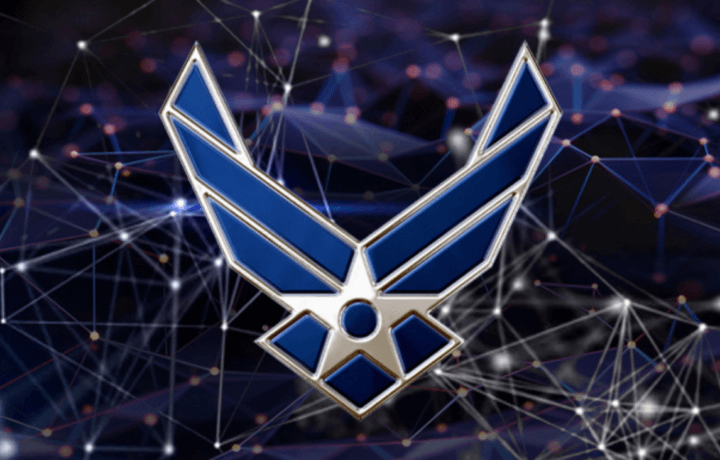There’s been a lot of chatter about “generative AI” (artificial intelligence), which can be employed to generate “new” content based on learned patterns. There have been concerns regarding how this technology could transform everything from education to business, and even how it could impact cybersecurity. However, generative AI can still only create content based on existing patterns.
This is where predictive AI could be the next big technology to watch, as it can analyze existing data to make predictions. It would be used to anticipate future risks and even solutions.
The United States Air Force is now exploring how it could employ AI for such data analysis. Just last week, the Headquarters Air Force Digital Operations Directorate (A3X) announced that it had developed an artificial intelligence-based software that can be applied to all Air Force specialty codes to better examine and predict operational outcomes. In addition, the HQ Air Staff further developed six software programs for career fields using AI to conduct data analysis.
“We can shift from spending time doing manual tasks – like putting information into computers – and move to more cognitive techniques where we can analyze the data because the computer is doing much of the busy and manual work,” explained George Forbes, director, HAF Digital Operations Directorate.
More Accurate Outcomes
In addition to data management, the Air Force’s AI software can also be employed to calculate predictions based on equations and programming, depending on the type of data available. Moreover, whether the predicted outcome is correct or not, the software is capable of learning and adapting to produce even more accurate outcomes for future calculations.
“We might take in different data, like how many people are in the Air Force, what is their behavior based upon their gender and age, or other demographic categories to anticipate [their behaviors] in a particular situation. For instance, we can predict their decision to stay in or leave the Air Force,” Forbes said. “We use the force’s past behavior to train the models to predict their future behavior. Specifically, we use a Recurring Neural Network Methodology, which is a high-end AI method.”
The service has said that the software is adaptable across all Air Force Service Codes (AFSCs), where it can be used to interpret different situations. This can include tracking flight hours to locating equipment among others, while the new application can further replace more complicated applications and software systems presently used and result in those that are more user-friendly for newcomers. In addition, past applications are portable to other asset management types of work but not necessarily in AI.
“When you build an application to manage something like equipment, you want it to be kept alive. This is where standardized application development systems come in,” Forbes continued. “You can build them at your current base, and, once you PCS [Permanent Change of Station], you can still use the same process.”
Greater Ability to Interpret Data
The Air Force also suggested that the overarching goal of the new software systems is to provide leaders with quicker access to interpret data and make impactful decisions. The significance of what this could offer the United States Air Force, as well as the other branches of the U.S. military, really can’t be overstated. What once required teams to model and predict outcomes that could take days or even weeks, can now be accomplished much quicker – and with far better accuracy.
As noted, each failure could further help the AI improve its predictions next time.
“Data analysis is what you use to create simulations, and simulations are used to predict outcomes,” explained technology analyst Rob Enderle of the Enderle Group.
“Through this process, you can better assure victory and anticipate what your opponent will likely do in response,” Enderle told ClearanceJobs. “It makes for a higher probability of success and better assures operational improvement over time.”
Though AI used in the wrong ways could be something to be feared, this is an example of how AI could truly benefit the U.S. military.



